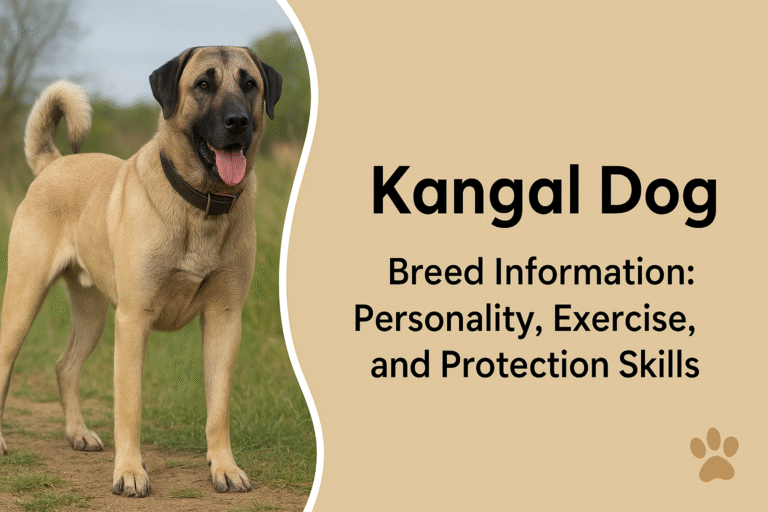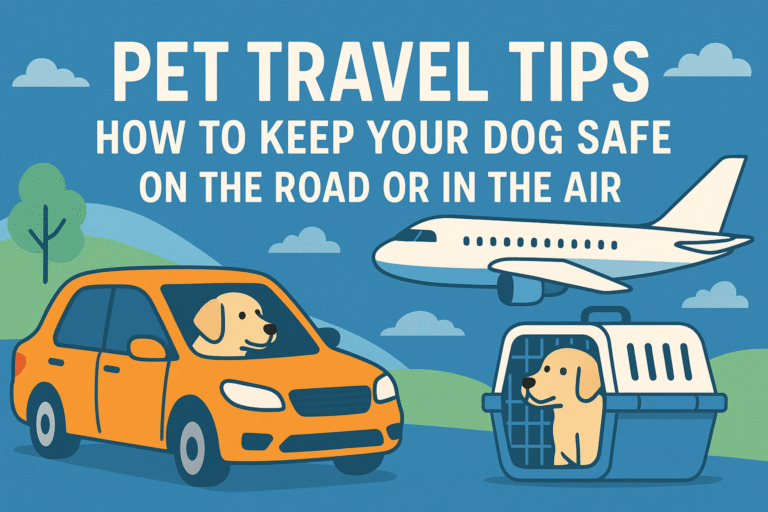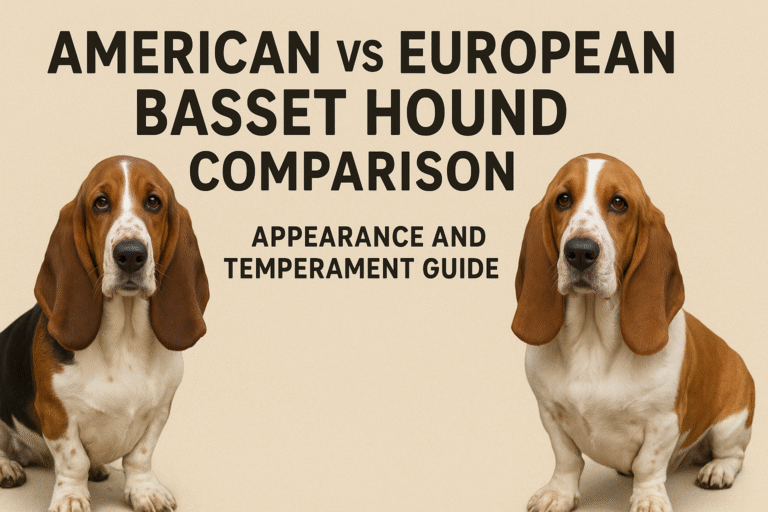Bubble Theory Dog Training Method: Calm and Control Reactive Dogs
If you’ve ever had the experience of having to walk a barking lunging or cowering dog when it’s confronted with other dogs peoples or new situations then you can appreciate how stressful this is for your dogs. The majority of reactive dogs are not aggressive by disposition; they just get overloaded when someone comes into their space. That’s where the Bubble Theory method of dog training is helpful.
This approach helps owners visualize and respect their dog’s personal space, or “bubble,” while gradually building confidence and calm behavior in real-life situations. In this guide, we’ll break down what Bubble Theory means, how it works, and practical steps to apply it to your own training sessions.
What Is the Bubble Theory in Dog Training?
The Bubble Theory is a dog training concept based on teaching canines to be secure and safe in their own personal bubble. Every dog possesses an imaginary comfort bubble. If another dog, human, or other object violates the bubble too forcefully or in a manner that it doesn’t expect, the dog will growl, bark, or become assertive.
By acknowledging, respecting, and slowly working in this “bubble,” owners are able to keep their dogs calm and trust the world.
Why Dogs Get Reactive
In order to understand Bubble Theory, it’s helpful to acknowledge why dogs first react so overmuch. Some typical reasons for reactivity are:
- Fear or anxiety – A fearful dog may react with overextreme behavior in order to protect itself.
- Past trauma Rescue dogs might be carrying around emotionals baggage from poor encounters.
- Frustration High energy dogs might be reacting simply because they needs to get to the other dogs or individual.
- Territorial behavior – Dogs might perceive intruding on their space as a threat.
The Bubble Theory addresses these triggers head-on by drawing attention to space, comfort, and trust.
How the Bubble Theory Works
Imagine your dog with an imaginary bubble surrounding them. What happen when somethings or someone crosses the bubbles:
- Too close too sudden The dogs is scared and responds accordingly.
- A safe distance away The dogs stays calms and serenes.
The aim of this types of training is to gradually accustom your dogs to bubbles by managings exposure to cues in a safes and relaxed manner. With time, canines realize that not every invasion is dangerous.
Key Principles of Bubble Theory Dogs Training
Respect the Bubble
Keep other dogs, individuals, or distractions securely beyond your dog’s comfort zone until they are prepared to enter it.
Distance is Powers
The ideal distance can be the distances between relaxed viewing and reactive flaring.
Positive Reinforcement
Reward relaxed calm behavior every time your dog sees a trigger without responding.
Gradual Exposure
Increase the proximity of triggers gradually over time as your dog becomes able to remain calm.
Handler Confidence
Dogs receive energy from their owner’s emotions. A relaxed, confident handler will be a major factor in maintaining the dog relaxed.
Using Bubble Theory: Step-by-Step Guide
Step 1: Establish Your Dog’s Bubble
Pays attentions to how your dogs reacts to typical triggers. How far is your dog able to see but stay relaxed? How far are they from the trigger when they start barking or lunging? This is their bubble.
Step 2: Train Beyond Their Bubble
Walking or training, remain just outside of your dog’s reactivity zone. This keeps them able to see the trigger without going over threshold.
Step 3: Reward Calm Behavior
The instant your dog glances at a trigger without responding, reward with a toy, praise, or treat. Positive associations are being built.
Step 4: Gradually Reduce the Bubble
Progressively reduce the distance over time. The aims is slow progress moving too fast results in backslidings.
Step 5: Use Movement Strategically
Occasionally it is helpful to open up space by sidling sideways, turning away, or retreating quietly in a circle from the trigger.
Step 6: Train Regularly
Multiple short training sessions are preferable to a single long, stressful session. Consistency builds trust.
Equipment That Facilitates Bubble Theory Training
No equipment replaces patience and consistency, but the right equipment will simplify training and protect your dog:
- Front clips harnesses – Provide mores control withouts stranglings.
- Long training leads – Provide controlled freedom in open spaces.
- High-value treats – Keep your dog focused on you.
- Clickers – Marks the precise moment your dogs makes a correct choices.
Typical Owner Missteps
In good faith, errors occur. Avoid these common errors:
- Forcing too soon – Forcing your dog into stressful situations can have unintended consequences.
- Punishing reactivity – Screaming or jerking on the leash generates stress and fear to escalate.
- Ignoring early warnings – Lip licking, tense body stance, and yawning indicate your dog is stressed.
-
Rat Terrier Chihuahua Mix: 10 Playful and Loyal Hybrid Dog Breed
Bubble Theory and Various Dog Personalities
All reactive dogs are not created equal. This is how Bubble Theory is used with various temperaments:
- Fearful dogs – Require more space and slow progression.
- Overaroused dogs – Employ calm reinforcement and impulse-control activities.
- Territorial dogs – Need patient boundary-setting and confidence-building activities.
Long Term Benefits of Bubble Theory Trainings
Utilized consistently this training process has long term advantages:
- Less reactivity and stressed walks
- More trust between handler and dog
- Less stressful interactions with peoples and other dogs
- More confidence in potentially dangerous situations
- A happier calmer pet
When to Seeks Professional Assistance
Certain dogs need the services of a certified trainer or behaviorist particularly if:
- They’re aggressive (growling, snapping, biting)
- They’re traumatic
- They show extreme and unpredictable reactivity
Professional trainers can develop customized plans with your safety and your pet’s safety in mind.
FAQs on Bubble Theory Dog Training
1. Is Bubble Theory only for aggressive dogs?
No. It’s for any dog who is reactive—fearful, anxious, overexcited, or defensive.
2. How long before we see improvements?
Development is inconsistents. Some dogs get better within week, while others take months of consistent practices.
3. Can I use Bubble Theory with a puppy?
Yes. Puppie benefit greatly from it sinces it prevents future reactivity by teachings them to respects space.
4. Do I reward with treats all the time?
Yes, at first. Later, praise, toys, or play can replace food rewards.
5. Can I practice Bubble Theory indoors?
Yes. You can practice using home triggers like visitors, noises, or other pets.
6. What if my dogs bubble never decreases?
Certain dogs will always needs more personals space and that’s okay. The goals is managements and comforts not perfections.







